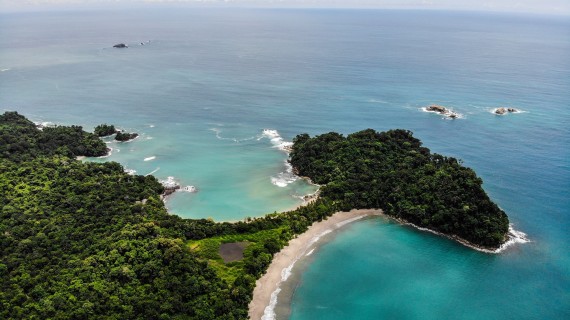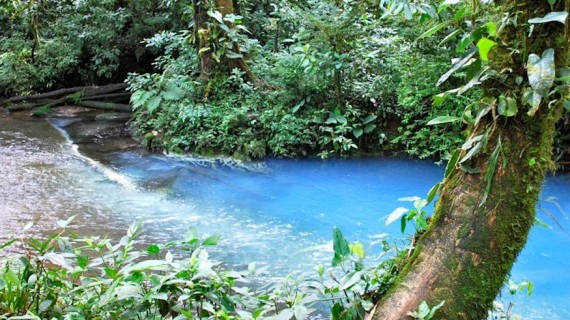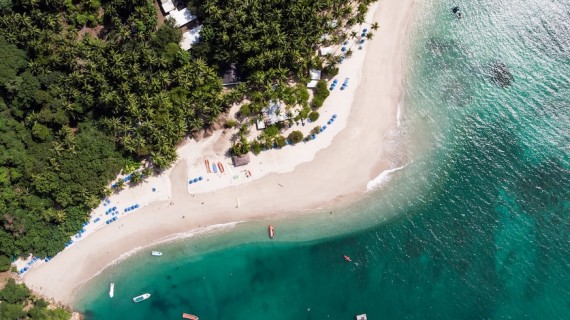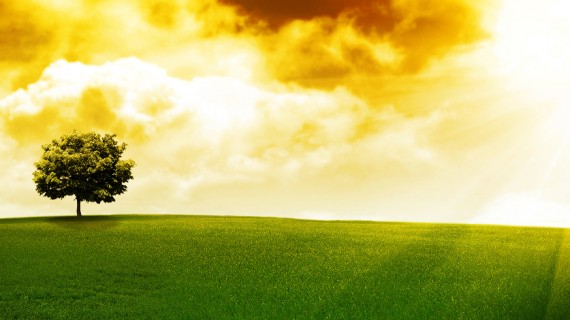Costa Rica attracts around 1.7 million tourists yearly, what is even more interesting is that nearly 80% of these tourists engage in eco-tourism related activities throughout their stay. Now, their plan is to be completely plastic-free and carbon-neutral by the year 2021. What is the drive behind their eco-friendliness and how the country prepares to be the first country that is carbon-neutral?
When you think about Costa Rica, you would probably recall dense, lush green jungles with exotic wildlife and the East Coast, where the peaceful waters of The Caribbean Sea wash the shores. This small country is located between Nicaragua and Panama and it is already among the top 5 countries that are the world leaders in renewable solutions. Since 2014 the country’s 99 % energy is coming from renewable sources, and for several ensuing months, they have managed to operate on 100%. In 2017, the leadership of the county made a promise for eradicating single-use plastic by 2021. They had topped this idea in the summer of 2018 when the new government announced even bigger plans. They strive to be completely carbon-neutral by 2021.
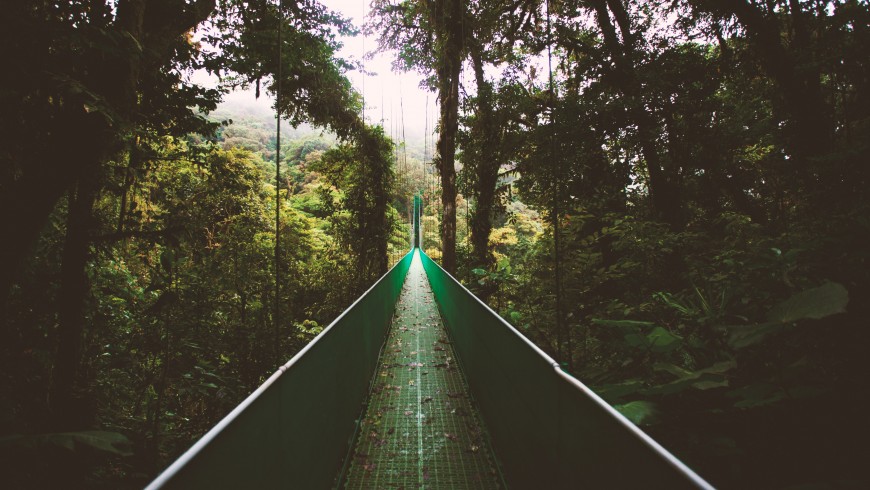
Quick Facts about Costa Rica
- Population: 4.8 million, total area: 51,000 km2. It has a tropical climate and abundant natural resources that take up to 5% of the world’s biodiversity.
- It was selected as the greenest country in 2009, by the New Economics Foundation (NEF) and was twice ranked as the best-performing country in NEF’s Happy Planet Index.
- The country is amongst the most progressive nations in Latin America. The agriculture is blooming and pioneering in eco-tourism, especially great in attracting tourists to its national parks.
- In 2015, the country ran 299 days without burning coal, oil or any other natural gas. A mix of hydropower, geothermal, wind and solar energy were used as natural substitutes.
- Consistent rainfalls are boosting the hydroelectric power plants and geothermal sources like volcanoes are used for total autarky.
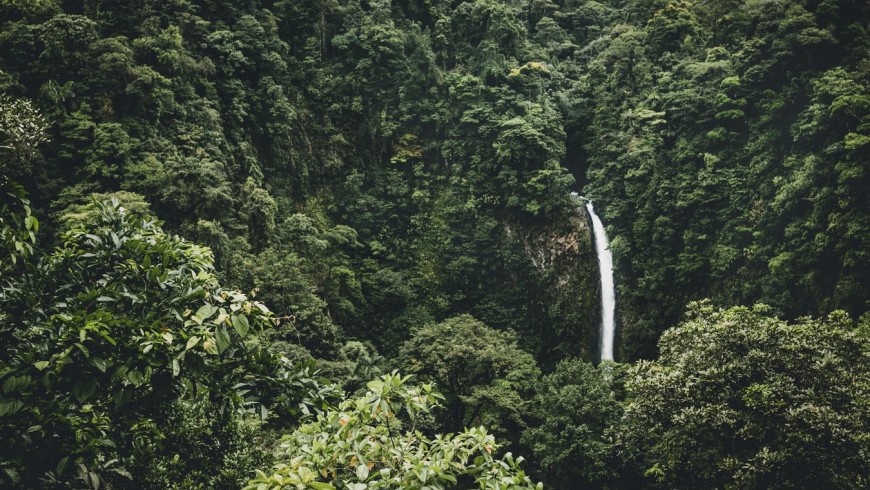
The internal background that enables change
Since the 80s, the ministry of Costa Rica had realized that their most significant assets are all nature-related, so they started working on preserving it. By now, one-third of the country grew to be a protected area, thanks to the continuously introduced and implemented incentives for reforestation and safekeeping.
“The country is a beacon of Enlightenment – a world leader in democratic, sustainable, and inclusive economic growth,” wrote Joseph Stiglitz, American economists, and public policy analyst. Costa Rica is also referred to as “the Switzerland of America.”
Due to the small population, lack of energy-intensive manufacturing, but most importantly, thanks to the national resolve, the focus on environmental sustainability is high. The government is working on balancing the shortcomings of GDP with inclusive growth.
Protecting the local community
In 1948, after a short civil war, President José Figueres Ferrer abolished the military in the country. Ever since Costa Rica has grown itself to be the center of conflict resolution and prevention, it also is the host country of the UN-mandated University for Peace.
To protect the local community, Costa Rica has joined Scotland, New Zealand, and Slovenia in the Wellbeing Economies Alliance. These countries, instead of emphasizing their GDP, seek to ensure public policies that advance citizens’ wellbeing. They are achieving this by implementing ideas to construct better welfare metrics for its residents. In 1994 the country amended its constitution, only to include “the right to a healthy environment for its citizens.”
Rivers and volcanoes for the cleaner energy
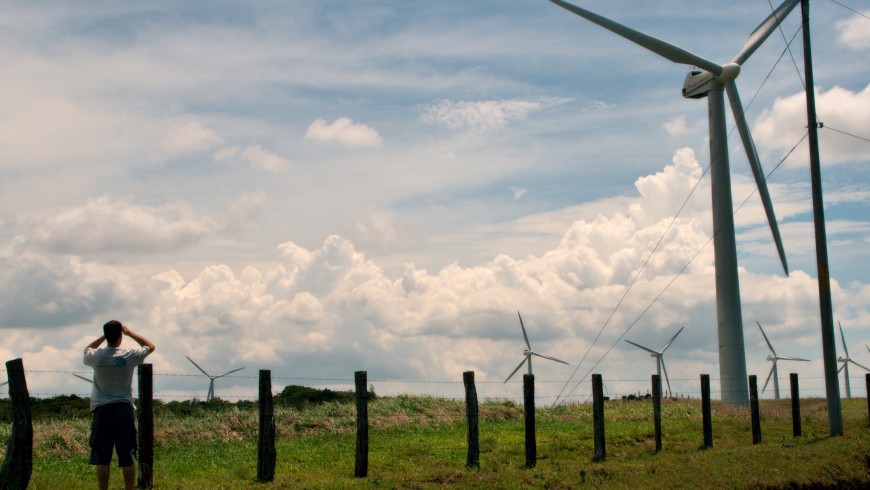
“Basing (electricity) generation on renewable resources allows the country to achieve one of the lowest ratios of greenhouse gas emissions to electrical consumption on the planet” states the Costa Rican Electricity Institute. Over the past 4 years, multiple rivers, volcano, wind, and solar power plants were established to serve as alternative solutions. 3/4 of the renewable energy comes from hydroelectric plants on the Reventazón River that was established in 2016 and currently the largest amongst hydroelectric plants in Central America.
Plastic problem
As it was announced on the World Environmental Day in 2018, the government plans to eradicate all single-use plastic in the country by 2021. They want to use alternatives that are 100% biodegradable or recyclable, as opposed to the petroleum-based ones. The program is partially supported by the United Nations Development Program.
Fossil free by 2021
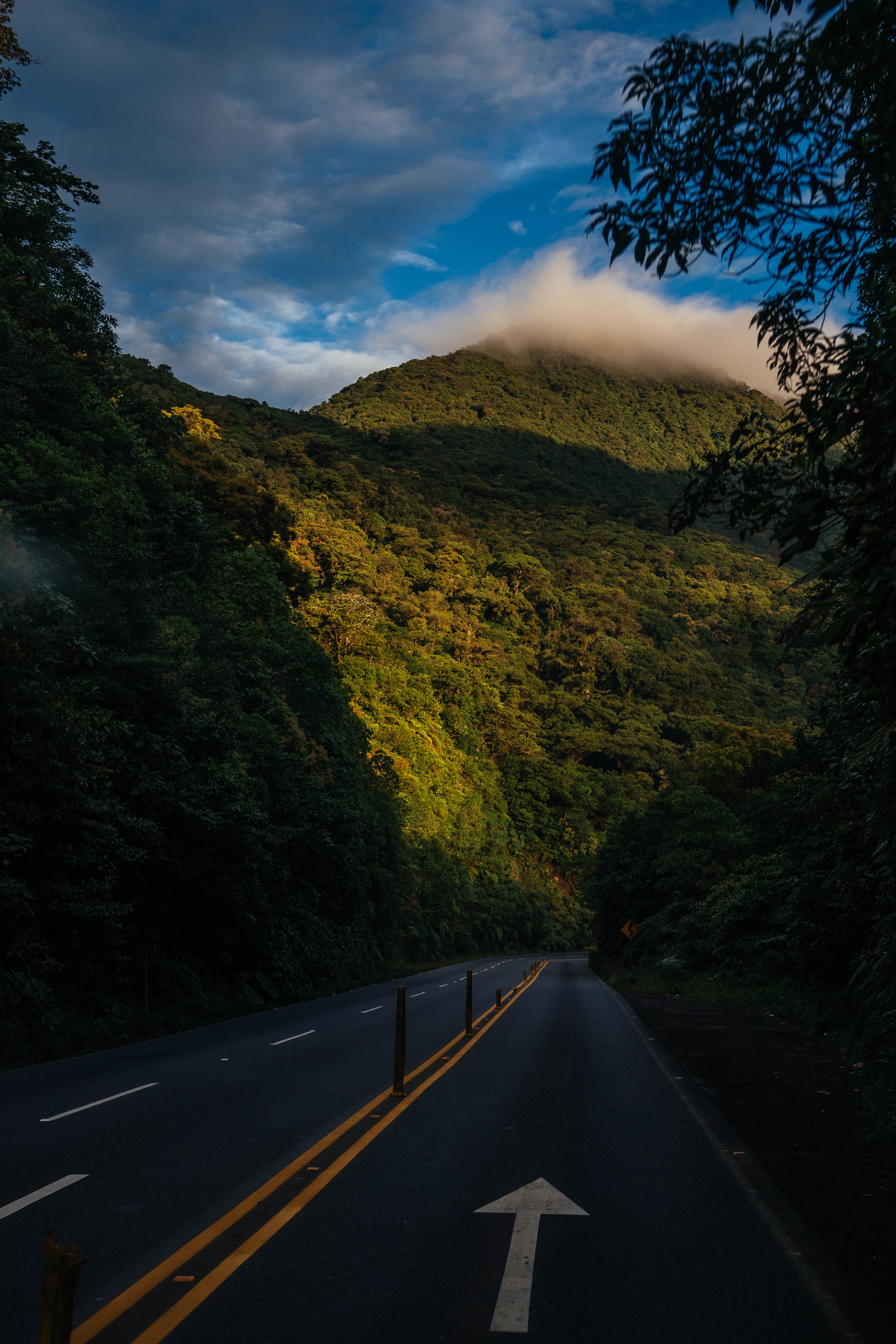
Carlos Alvarado Quesada, the youngest president ever in Costa Rica was elected in 2018. In his inauguration speech, he had talked about his plan of taking a measure ahead in reducing carbonization. Even though the demand for cars is rising in the country, still more than 60% of the country commutes by diesel buses or trains. This serves as an excellent opportunity for electrification, as the plan is that all public transport systems will run on renewable energy by the 200th year of independence in the country, 2021. The government is lifting taxes on electric vehicles, but a lot of revenue of Costa Rica comes from taxes on fossil fuels, that could throttle the country’s funding stream, contributing to Costa Rica’s rising deficit.
The act does not include a ban on fossil fuels, but to phase them out through new policies and incentives. Carbon neutrality allows for coal, oil and gasoline contribution, provided that their greenhouse emissions are counteracted somewhere else, like ongoing forest plantations and employing better land management.
A Costa Rican sustainability expert and economist, Monica Araya has talked about the plans that they are working on together with the government: “Getting rid of fossil fuels is a big idea coming from a small country. This is an idea that’s starting to gain international support with the rise of new technologies. A country already rapidly weaning itself off fossil fuels, focusing on transport – one of the last major challenges – could send a powerful message to the world.” You can watch the whole interview here:
Natural environment protection
In 2012 Costa Rica became the first Central American nation to ban sport and recreational hunting, even though it meant a significant stream of international revenue for the country back in the days.
Now the fee of capturing species out of hobby can costs 4 months in prison and penalty up to 3000 dollars. Hunting and fishing are only allowed for the local population, some of whom are dependent on it.
Due to the nature reserves, now 30% of the forests in the country are protected. The protection of the oceans is especially important with the rising tendency of disposing of waste and overfishing. Seamounts Marine Management covers a marine area, that is larger than the Yellowstone National Park in the US. By conserving its natural spaces, flora, and fauna, Costa Rica helps to preserve the future of wild species and draws ecological tourist to the country.
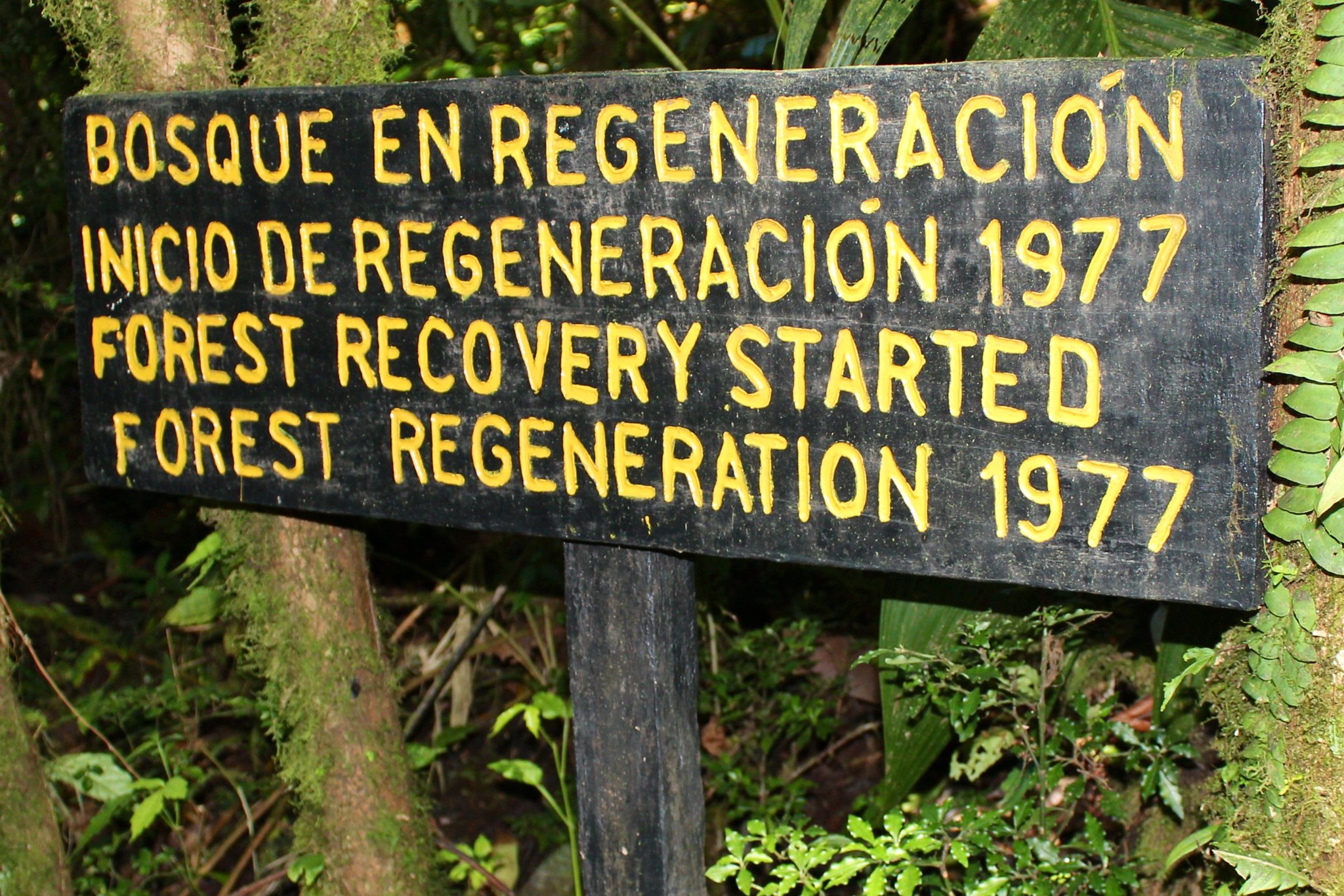
Thinking about visiting the country and helping to boost Costa Rica’s endeavor towards its goals? Get inspired by reading about eco-friendly activities that you could do while visiting the country.
If you are there already, don’t forget to check out the fantastic, hidden natural hot springs, that you can find around the place!
Cover image: Photo by Dan Hadfield on Unsplash
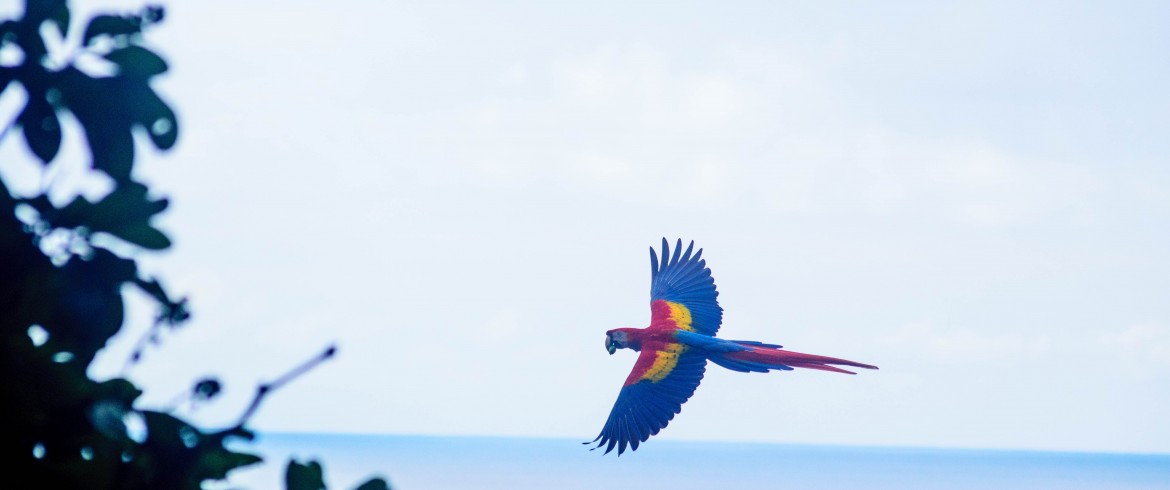
 MACAW LODGE an authentic Eco Lodge – Green Ecovillage in Carara, costa rica, san jose, CR
MACAW LODGE an authentic Eco Lodge – Green Ecovillage in Carara, costa rica, san jose, CR  Costa Verde – Green Resort in Quepos, Puntarenas, Provincia di Puntarenas, CR
Costa Verde – Green Resort in Quepos, Puntarenas, Provincia di Puntarenas, CR  Finca Luna Nueva Lodge – Green Farm house in San Ramon, San Ramón, Alajuela, CR
Finca Luna Nueva Lodge – Green Farm house in San Ramon, San Ramón, Alajuela, CR 